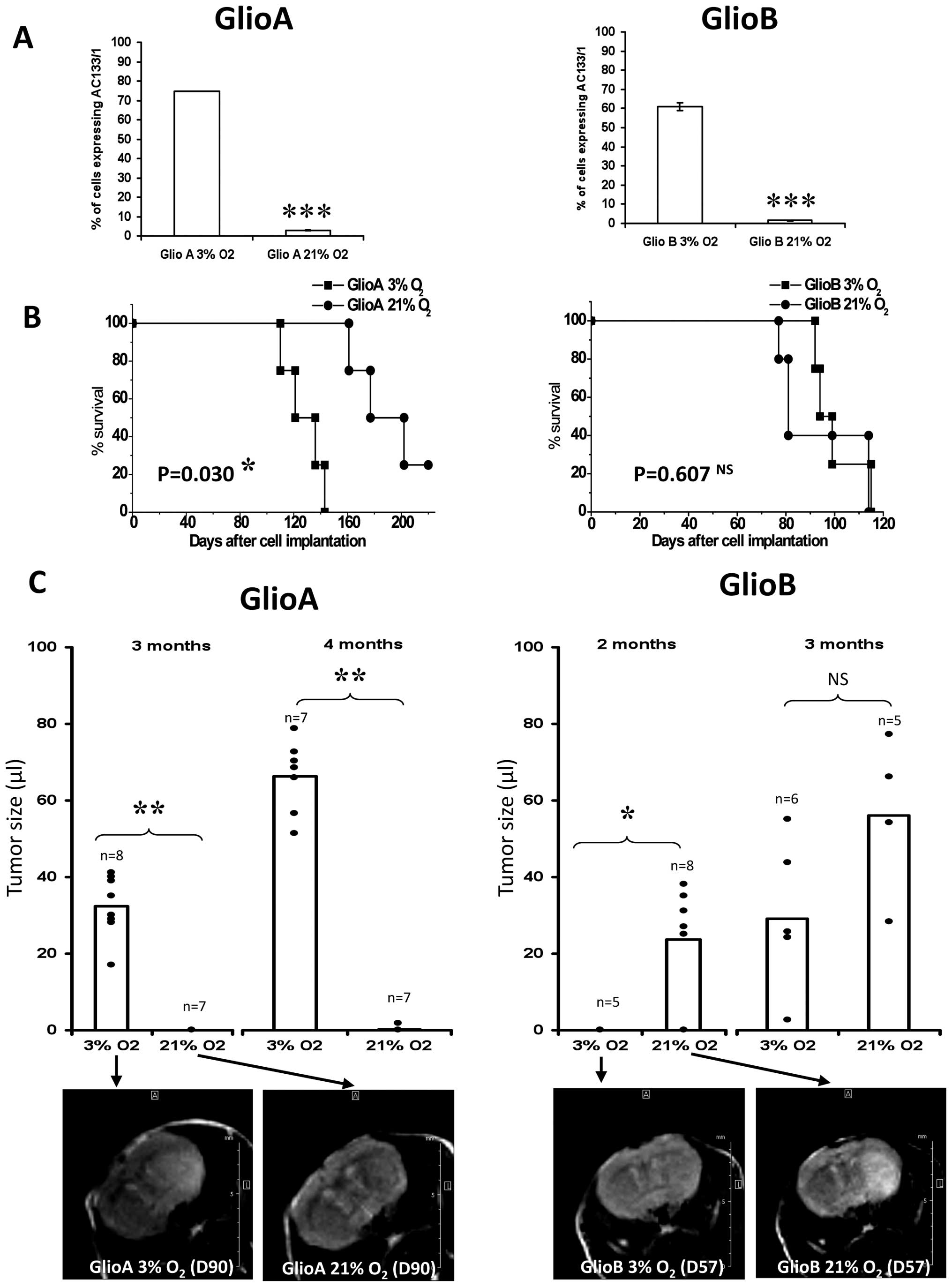
Absence or underdevelopment of the thymus results in an increased susceptibility to viral, fungal and bacterial infections (immunodeficiency). NORD has individual reports on 22q11.2 deletion syndrome and CHARGE syndrome and these reports are accessible on the NORD website in the Rare Disease Database.īy definition, congenital athymia is characterized by absence or underdevelopment (hypoplasia) of the thymus resulting in very low T cell counts. This group of patients is the group with congenital athymia. Only about 1% of children with DiGeorge syndrome have lower than 100 naïve T cells/mm3. However, most of these patients did well. In the past, children with T cells below the 10th percentile for age were said to have DiGeorge syndrome (named after a medical student who first reported the condition). These infants will die unless placed in permanent complete isolation. These T cells are critical for the health of the infant. These infants have a set of T cells called “naïve T cells” or “recent thymus emigrants” that are less than the 100/mm3.

Both disorders have symptoms affecting multiple systems of the body. Most infants with congenital athymia have chromosome 22q11.2 deletion syndrome or CHARGE syndrome.

Information on Clinical Trials and Research Studies.


 0 kommentar(er)
0 kommentar(er)
